
To begin our In Conversation series, we sat down with Laura Batty, senior technical research engineer. Laura is the practice’s first full-time researcher. Laura oversees our HTS + programme and works across the research and design of our technical projects. She also sits in on the project review board to provide a consistent voice across the practice for quality assurance and plays a key role in the development of our embodied carbon guidance and tools.
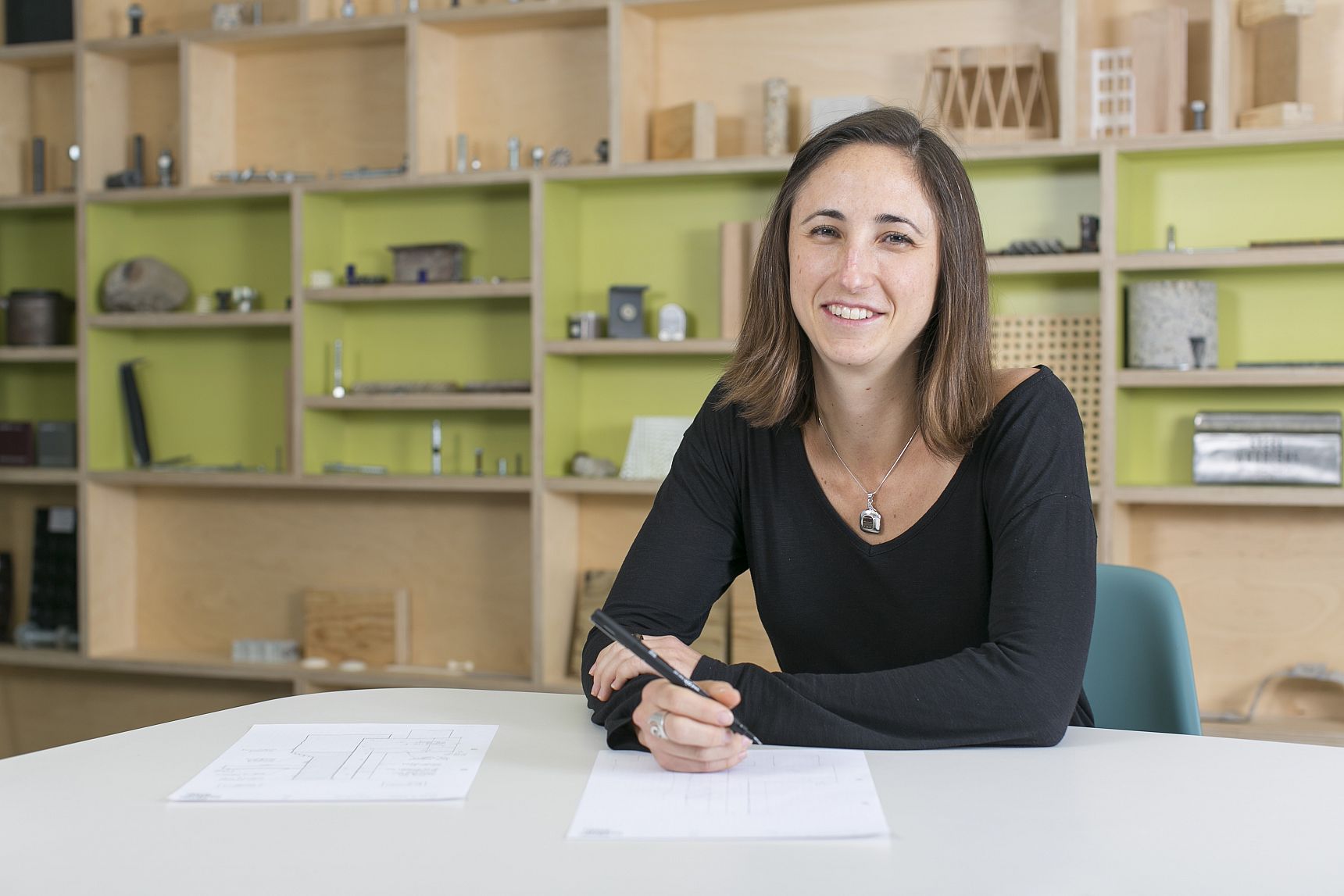
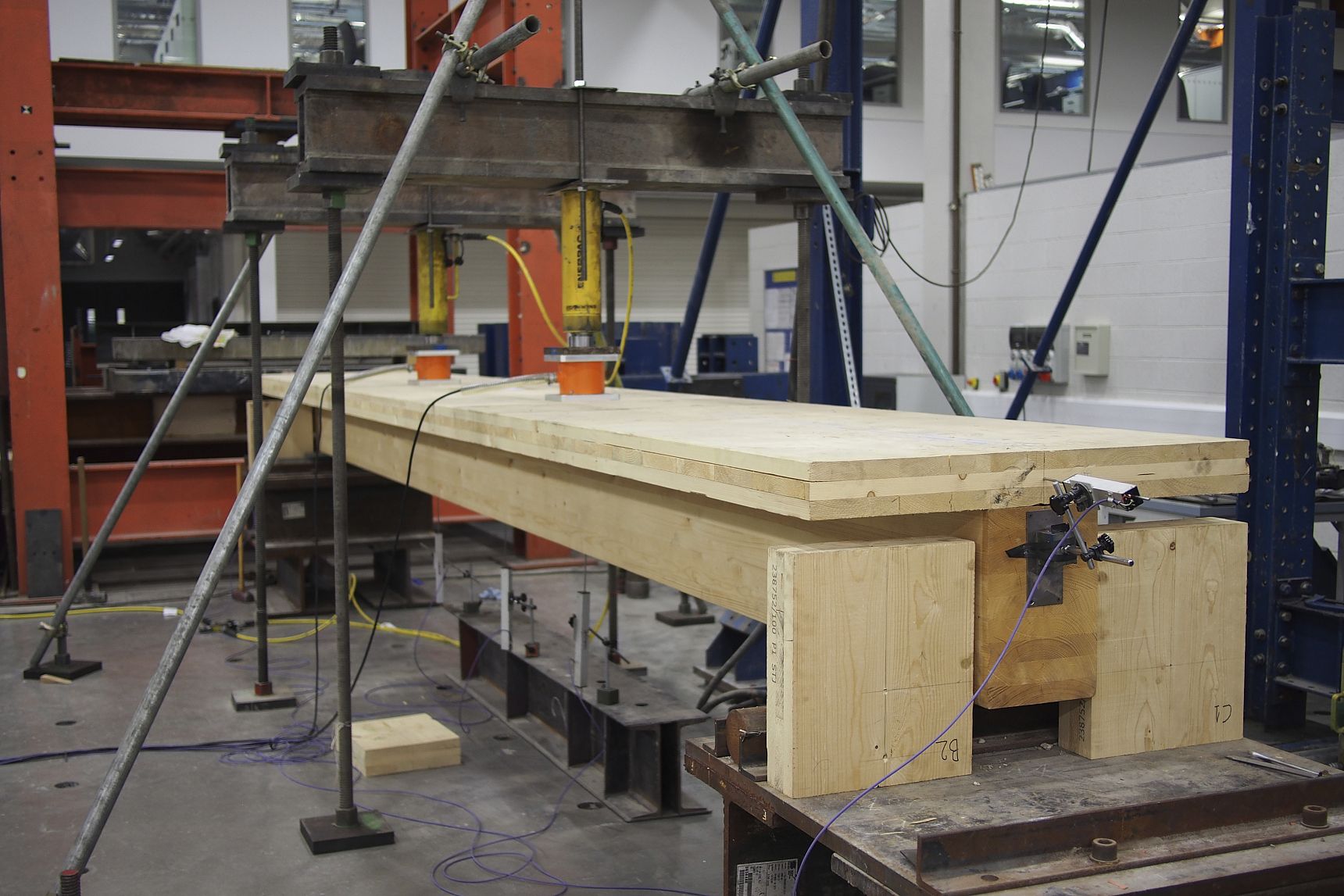
HTS + is our self-funded research initiative, allowing us to test and develop new structural techniques and technologies. As creative engineers, we know that each project is a prototype. To get the best from every project we develop bespoke structural solutions and designs, which raise a number of new technical queries. HTS + is a way for us to address these technical queries, strengthen our knowledge and produce better buildings. It also allows us to delve deeper into research topics which may fall outside of typical project constraints and acts as an outlet for engineering inquisitiveness.
HTS + is open to all engineers. You can suggest a research topic and once agreed, spend 10% of your time working on it. It’s a really unique opportunity to develop skills and knowledge related to an industry topic outside of their day to day
Something that I find satisfying is translating technical guidance and research into design tools that our engineers can use in practice. Currently I am spending much of my time researching embodied carbon, and testing design software. I’ve also been learning to code which has been a real eye opener!
I’ve especially enjoyed developing our in-house guidance on measuring structural embodied carbon. Recently I’ve produced an embodied carbon ‘notebook’ which is shared across the whole practice. The document contains instructions on calculating CO2, our practice approach to designing for the RIBA and LETI targets and guidance on material choice. It feels like a real privilege to be able to help develop guidance and tools to help us do this.
A significant achievement has been our progress with carbon counting. Over the past couple of years, we have collected a wealth of information on embodied carbon and best practice assessment methods. Working with KLH Sustainability and Sturgis Consulting, we have combined our knowledge and expertise to develop the HTS + Carbon Counter. This is a tool which allows us to measure the embodied carbon of our structures and communicate the carbon cost of various design choices to our clients and collaborators.
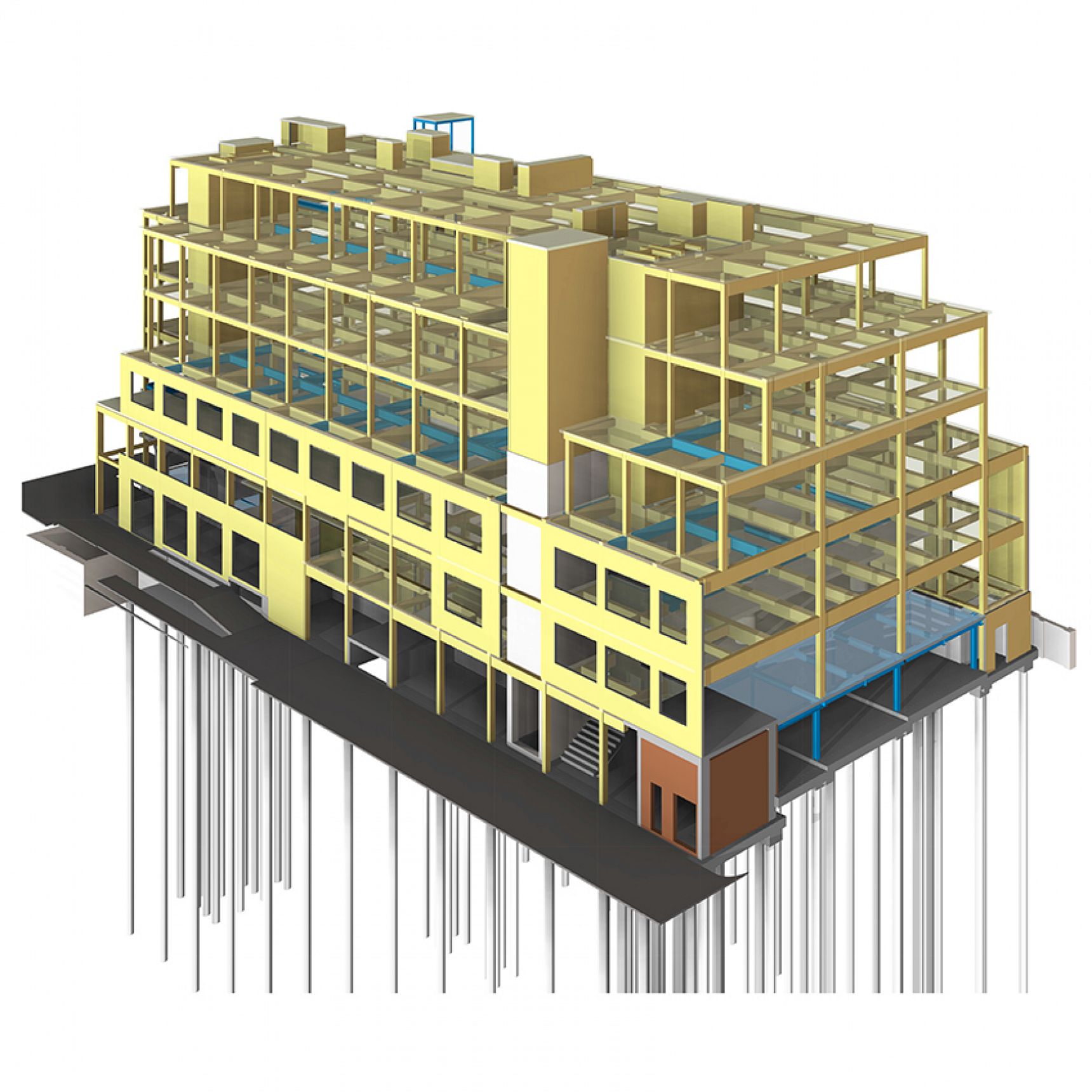

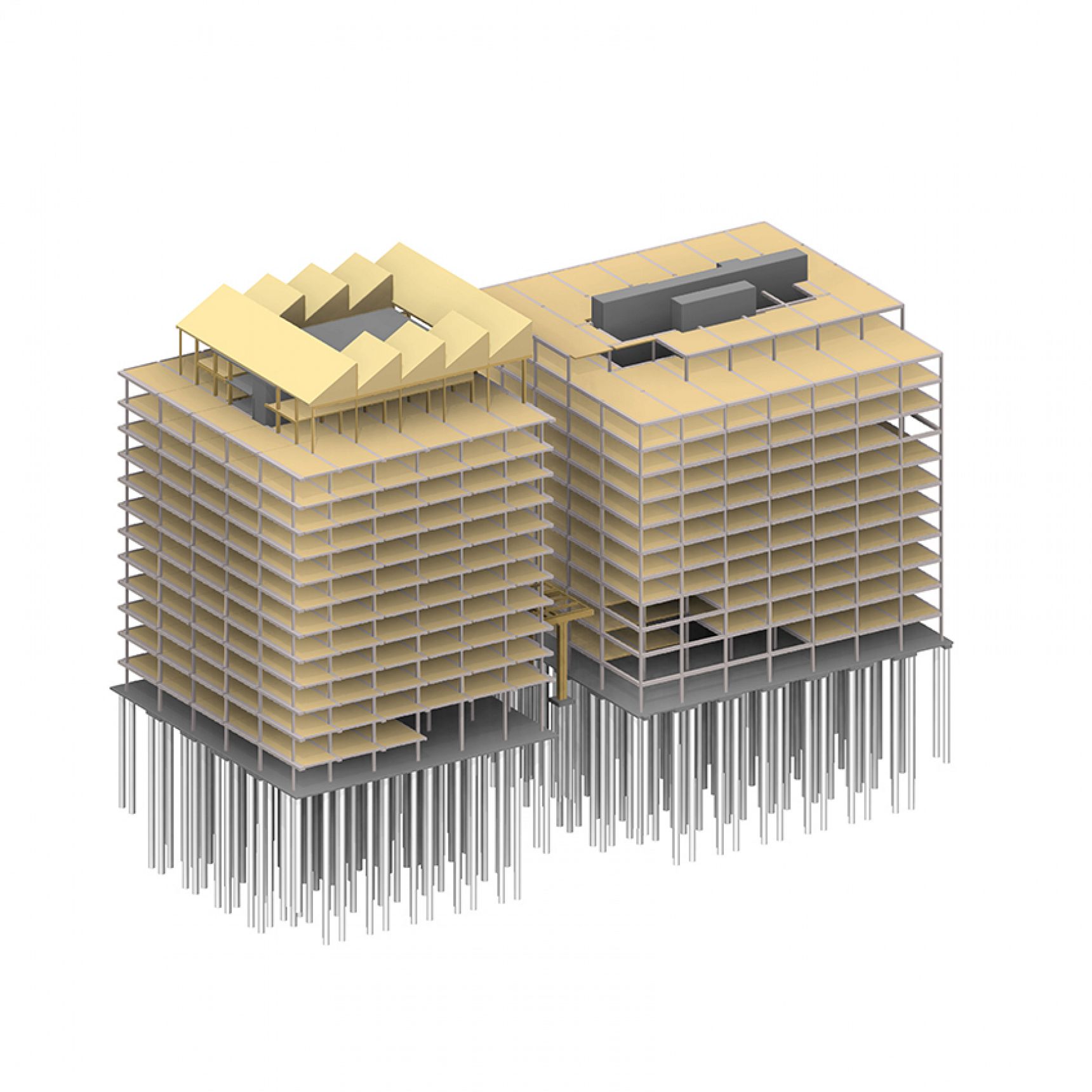
We have developed a set of assumptions and baseline figures based off detailed carbon counts done on the supply chain of previous projects. The assumptions and figures are continuously checked and updated to help ensure that we’re measuring our structures accurately. The Carbon Counter has become integral to the way in which we work. We use it throughout all stages of a project from the initial bidding process through to optioneering and then at practical completion. It has allowed us to see where the hidden carbon costs lie within a project and consider the best ways to reduce them.
Another very recent development is our HTS Concept Tool which automatically creates structural options in standard materials to suit the grid layout of a project, including calculations of related embodied carbon. This leaves more time for the engineer to explore alternative materials, complex structural options and allows us to easily assess the carbon impact of our projects. As is the nature of HTS +, our research is evolving constantly and we’re always looking into what we can do next.
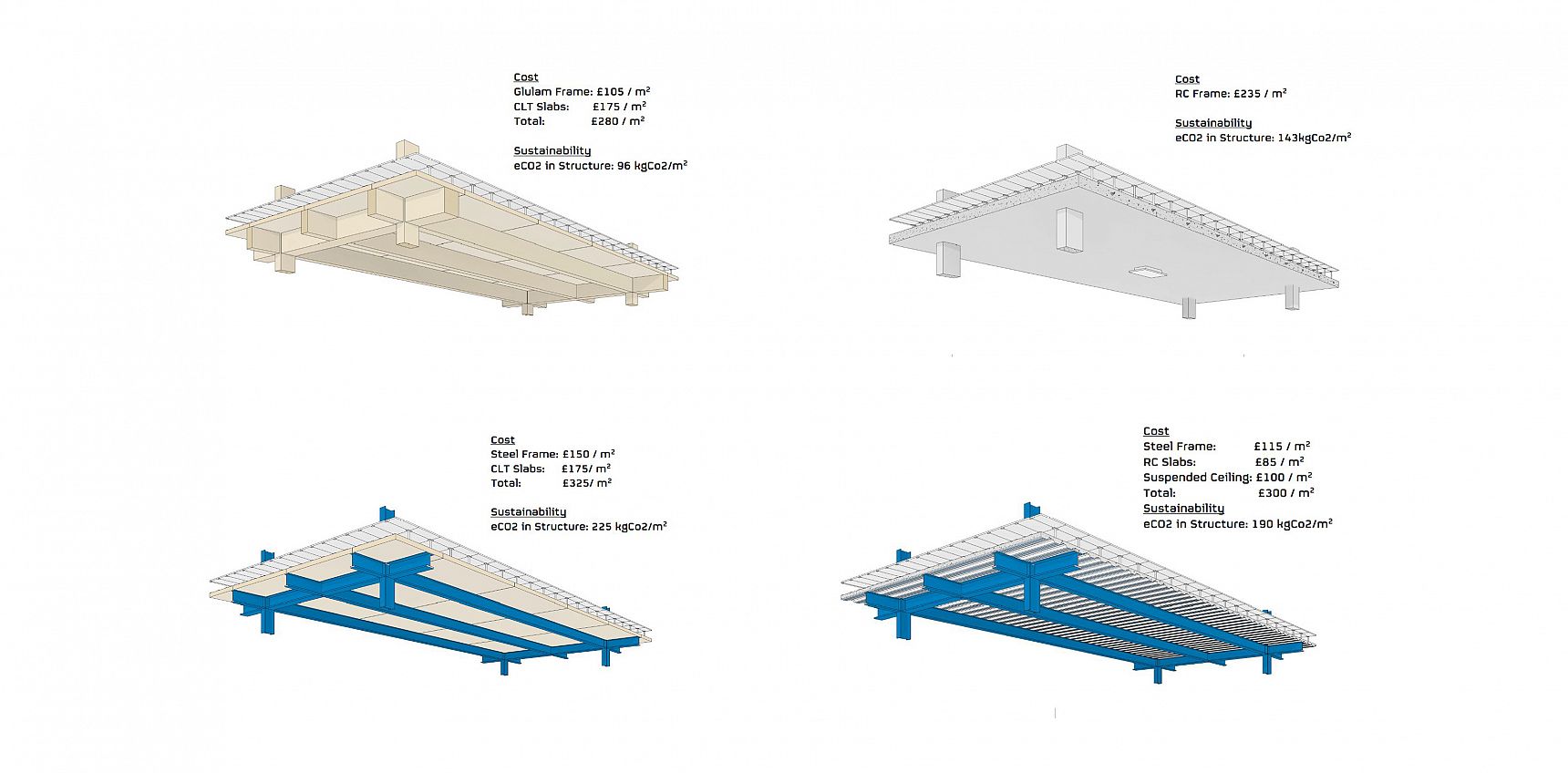
Yes! There has been a dramatic increase of interest in this topic even in the last six months, especially during discussions about what the post-covid world will look like. It really feels like now is the time for action.
It’s been really encouraging to see so many practices signed up to Architects and Engineers Declare and seeing how the language around sustainable design is changing. However, we still need significant progress on the technical side. There tends to be a lack of expertise in the construction industry and it will be a monumental task to transition to Net Zero by 2050. We’re working hard on the grassroot changes, but we also need increased demand for Net Zero buildings and legislation to help implement them.
In addition to the in-house work on embodied carbon, we are actively working with organisations at the forefront of the Net Zero debate. As a practice, we are a signatory to Engineers Declare and have several Pioneer Projects with the UKGBC and LETI. I have an active role in the ECCG (the Architectural Association Embodied Carbon Calculator Group), made up of structural engineers and architects based in London, where we share knowledge on all things embodied carbon.
We also invest a lot of time into improving our knowledge and understanding of structural timber and low carbon concrete, with direct applications on a number of our projects.